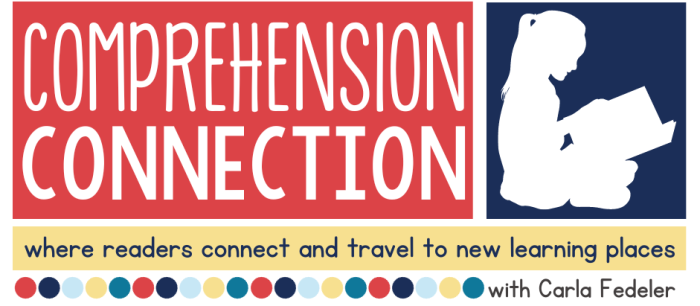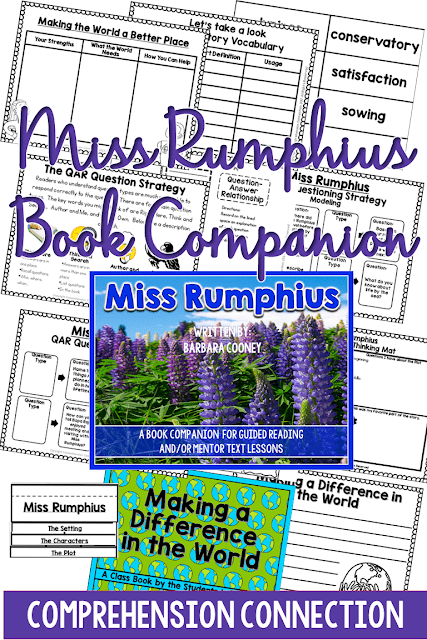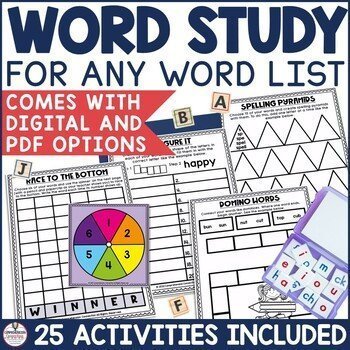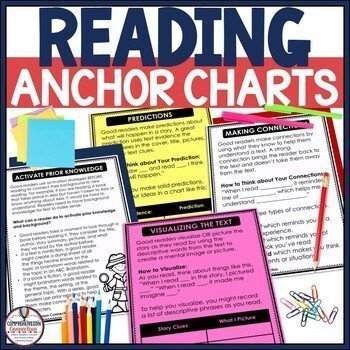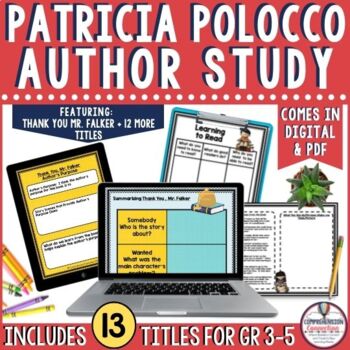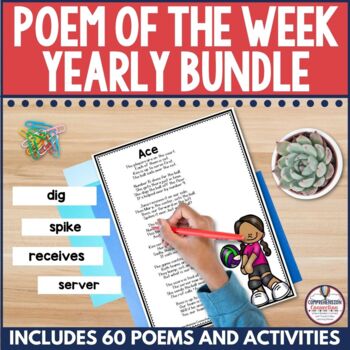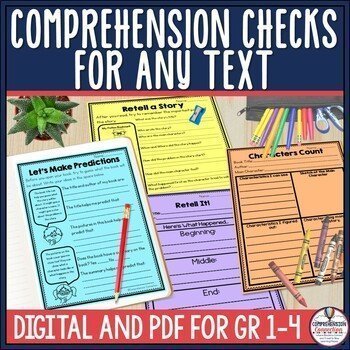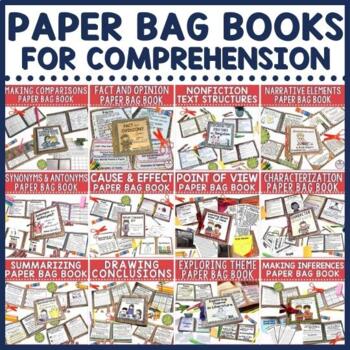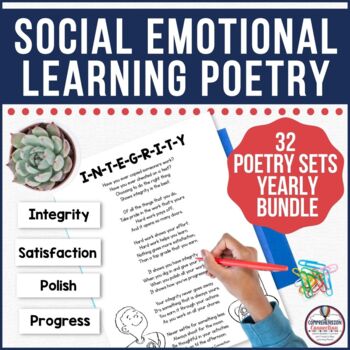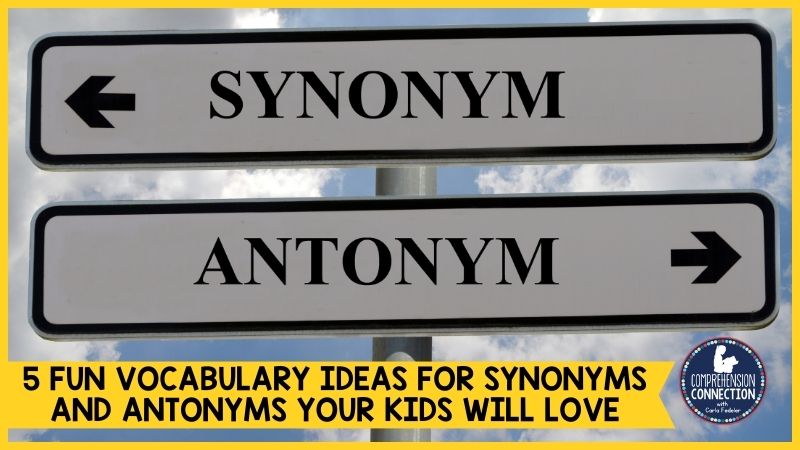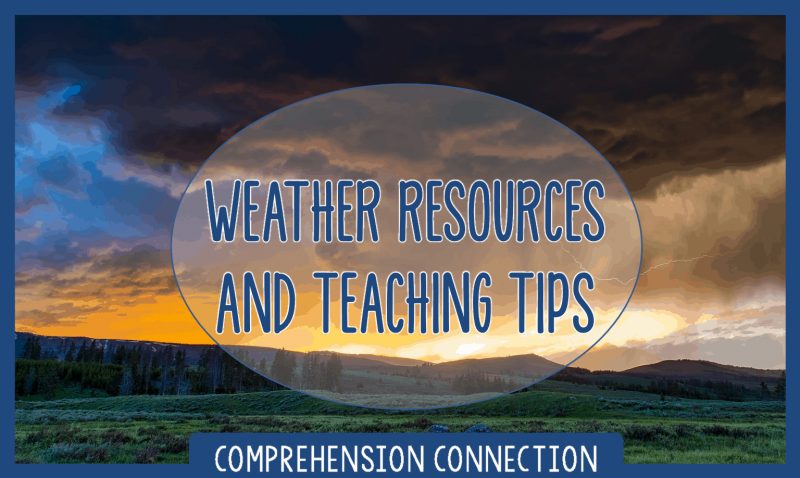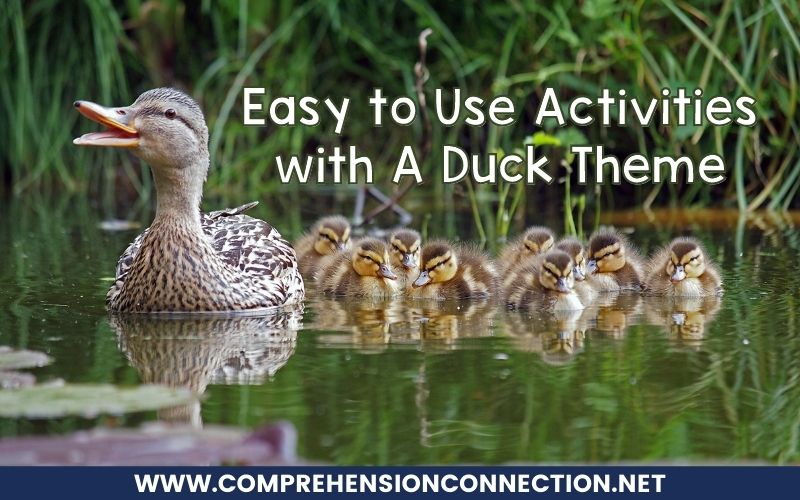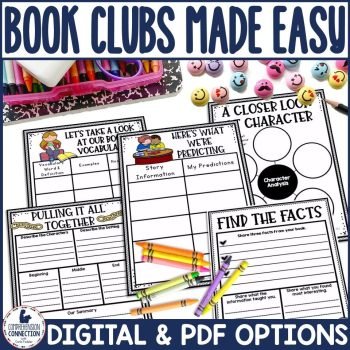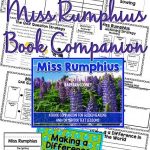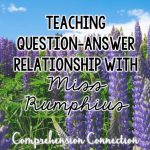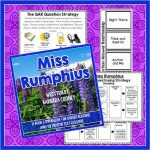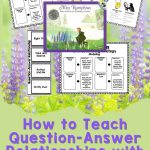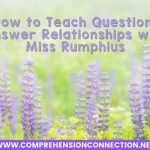
Question-Answer Relationships or QAR is a great strategy for students. Teaching students to think at a high level is the key to deep understandings. We want our students thinking, discussing, applying, connecting, and questioning with their reading experiences. One of the best way for them to learn to do this is through a mentor text lesson where we as teachers model how it is done. In this post, I’ll share how I used Miss Rumphius to teach Question-Answer Relationships.
Question-Answer Relationships or QAR was developed by Tanny McGregor. We use this analysis approach to help students connect the question type to the text evidence needed to accurately answer. This strategy is especially helpful with assessments, but what about in discussion? As we deepen understandings, we want our students justifying their thoughts with evidence. In discussions, we want kids matching what’s asked to the relevant information needed to respond.
TEACHING QUESTION-ANSWER RELATIONSHIPS

Explain the Four Question Types:
To introduce this lesson, I walk through question types using this anchor chart. Using a simple, well know story such as The Three Little Pigs seems to help students get it.
In the Book Questions
First of all, we talk about who, what, where, when questions. These are recall questions and easy to answer. Whereas, with Think and Search, we look at sequencing, lists, or examples. Once students have a firm understanding of Right There and Think and Search questions, you can move on to deeper meaning. In the Book questions are lower level and easier to answer.
In the Head Questions
Once In the Book questions are mastered, we tackle the most challenging, Author and Me. Because the vast majority of questions used on standardized tests fall into this category, we spend most of our time talking about this type. Finally, we visit opinion questions otherwise known as “On My Own”.
MODELING question-answer relationships
Once students have an understanding of how questions differ, then you can begin practicing the QAR (question-answer relationships) process with Miss Rumphius. First of all, you’ll model with the first two pages of the freebie. These pages explain Question-Answer Relationships. Then, you can use Think, Pair, Share to analyze the questions for Miss Rumphius. I suggest that you have your students debate a little on the analysis to get them really thinking about the question types. and what’s needed to answer them. To download, just click the image to the right.
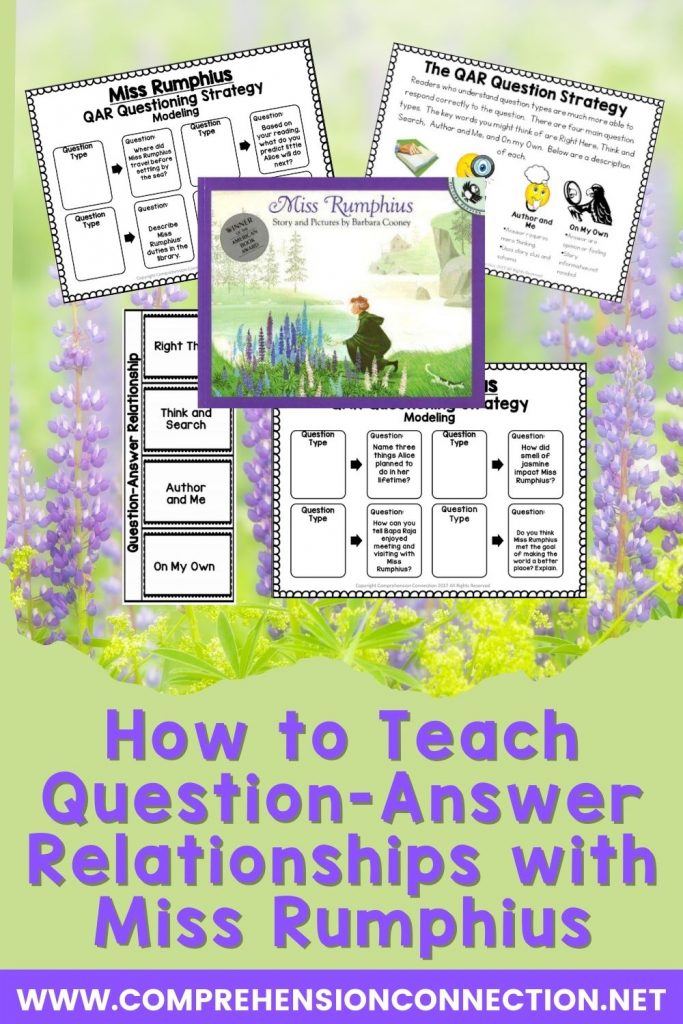
Transfer to Other Texts:
Once your students have had practice, the last step is independent work. You can use the foldables shared to have students create questions by type for your chosen book or a paired nonfiction book .
For the full unit, click the image to the left. It includes the following skills:
- Schema Builder on Making a Difference in the World
- Vocabulary Words and Organizer
- QAR Materials
- Story Elements Flapbook
- Four Square Thinking Organizer
- Making a Difference in the World Class Book
GET THE RESOURCE:
MENTOR TEXT LESSONS FOR OTHER SKILLS
Mentor texts can be a huge help to students, but are much more than a read aloud of the past. We call them mentor texts because they are purposefully chosen to explain a skill. If you are interested in more information on using mentor text lessons, check out the other mentor text posts on my blog with the link below.
Other Posts You Might Like on My Site:

MENTOR TEXT LESSONS FROM THE READING CREW
The Reading Crew also have a wonderful Pinterest board filled with past blog posts we’ve shared. Be sure to follow it so that you can see when new pins are added, or return to it when you need it.
You are invited to the Inlinkz link party!
Click here to enter